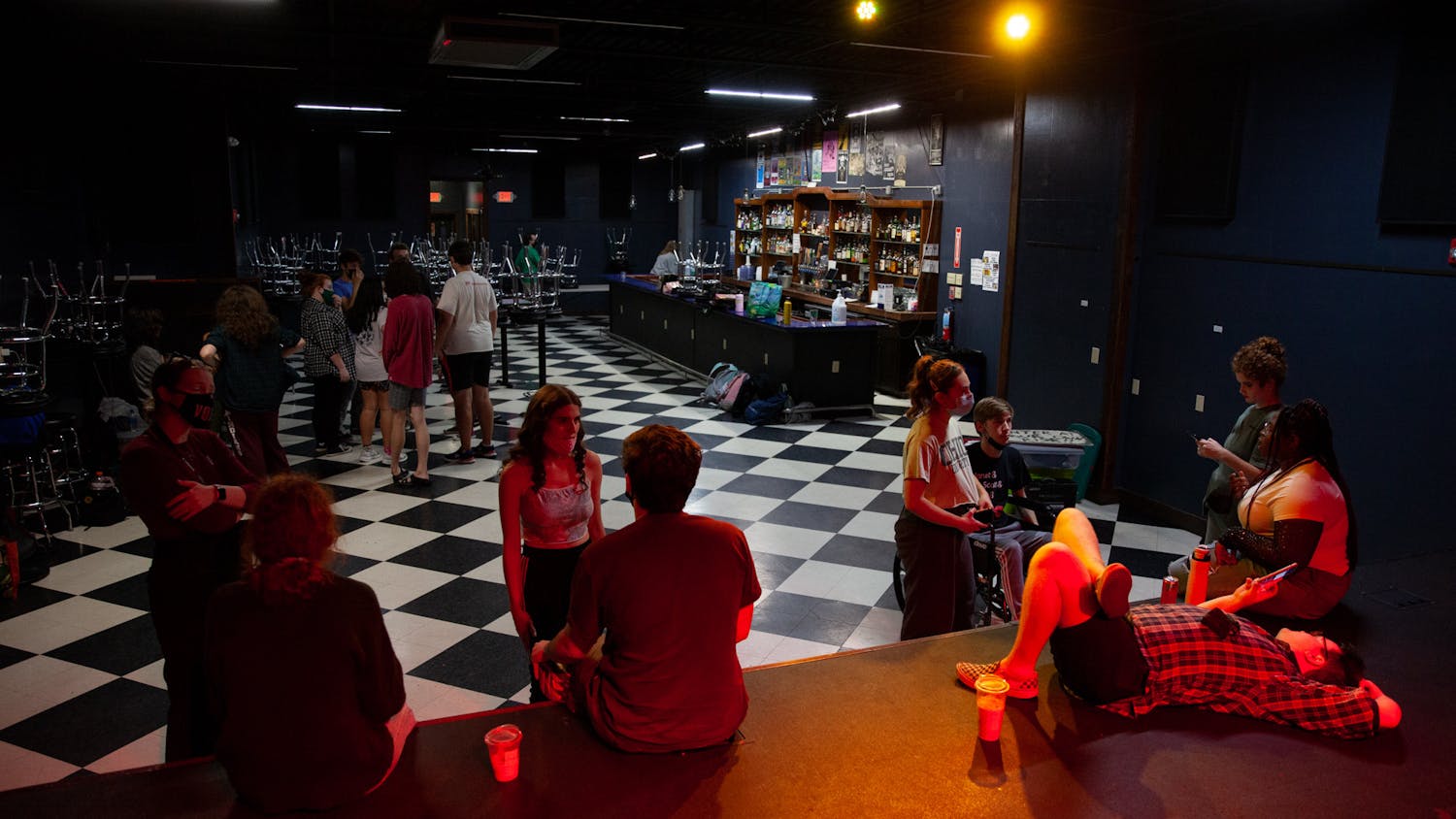In June, joining a learning community seemed like a no-brainer but after participating in one I am not sure if I would still recommend it.
At Bobcat Student Orientation, staff, students and administrators highly recommended that all freshmen join a learning community. Learning communities are aimed at “helping new students get connected and support them during their transition from home to Athens, and from high school to Ohio University.”
They include a cluster of courses that you and 10 to 20 other people in your major take together so that you see familiar faces in a majority of your classes. Once a week, you meet as a group for a “learning community seminar” class that counts as one credit hour and involves in-class discussions and activities. This can include a presentation on healthy study habits or watching a TED talk about procrastination. You are also responsible for participating in at least two activities outside of class like attending a basketball game, for example.
Admittedly, my learning community experience was not terrible.
I had fun, met lots of people and built great relationships. I attended volleyball games, participated in a scavenger hunt and learned a lot about the university because of it, but my experience could have been better.
Learning communities seem great on paper. The fact that 98% of freshmen are in a learning community made me, and everyone in my orientation group, feel it was something we should participate in. We also thought that it would be a great way to meet new friends, and have the same familiar faces in our classes.
In practice, it could have been better. In my personal experience of participating in a learning community, I found that most of its elements felt like a trap to force us into university-wide training.
EVERFI training is yearly instruction that all Ohio University students must complete to be eligible to register for classes. This training is something that students are capable of completing on their own time; however, it was something that took up a large portion of our learning community curriculum, time that could have been spent establishing friendships and cooperating on course material that we were struggling with.
One of the core beliefs of a learning community is the “learning-based peer networks.” They promise that “we will gain a deeper understanding of [our] courses, subject matter and make friends both inside and outside the classroom”. The course feeds mass amounts of useful information in a short amount of time, leaving little room to generate meaningful relationships with the people around you. In class, it was visible that students did not want to be there as most of the time was dedicated to basic university information and useless study habit tips. Outside, required activities typically felt forced and awkward, and very few people showed up to these events and study sessions.
The learning community course should be focused on generating conversation rather than force-feeding information. Relationships were difficult to build when there was little space for us to talk.
The university’s goals of a learning community are too vast to be successful and need to be broken down to accomplish the basics.
Generating conversation to create relationships needs to be the priority of a class of this nature. According to the Ohio State Leadership Center, “groups can build a sense of relationship and trust by having productive, thoughtful conversations as they work together, but there is a definite advantage of getting to know one another first.” If the learning community curriculum focused solely on encouraging freshmen to get to know one another, it might be successful.
Abby Waechter is a freshman studying strategic communications at Ohio University. Please note that the views and opinions of the columnists do not reflect those of The Post. Have something to say? Email Abby at aw087421@ohio.edu or tweet her @AbbyWaechter.






